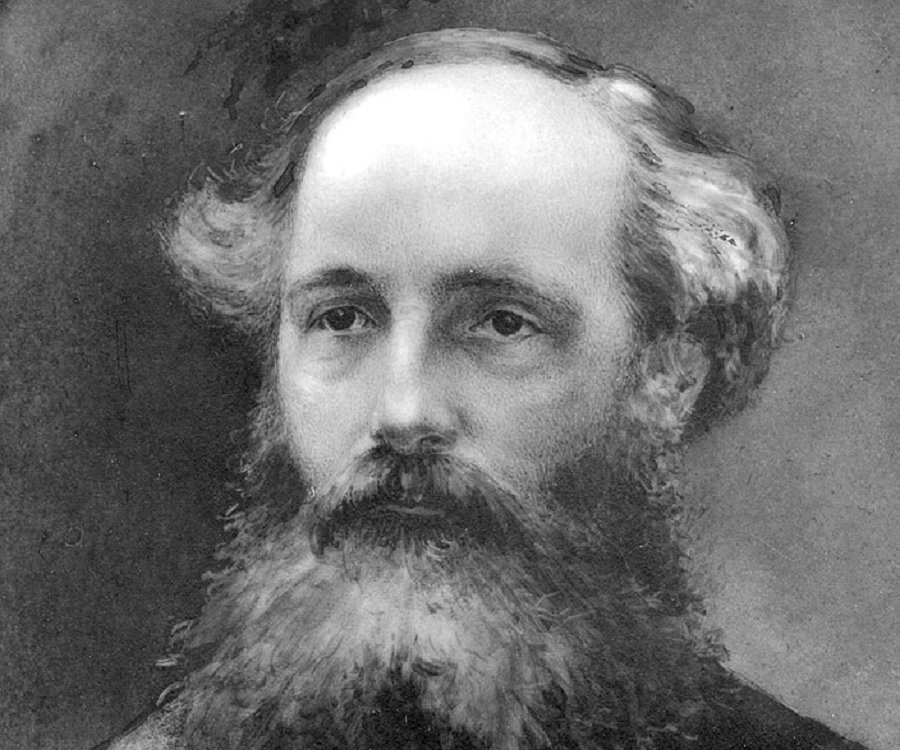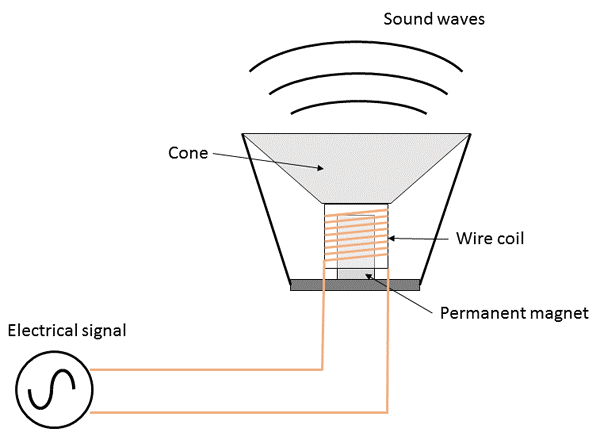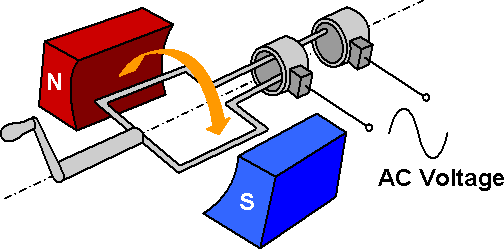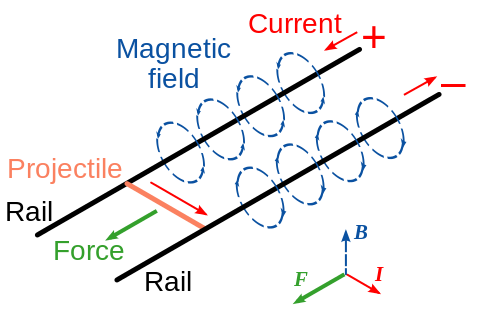
In Science, it is when we take some interest in the great discoverers and their lives that it becomes endurable, and only when we begin to trace the development of ideas that it becomes fascinating. ~ James Clerk Maxwell
Electromagnetism is a result of the amalgamation of two terms: Electricity and Magnetism. Both of these terms were treated as two different topics until 1873. That year, James Clerk Maxwell published A Treatise on Electricity and Magnetism. The two-volume treatise laid the foundation for Electromagnetism by stating that “the interaction of positive and negative charges is mediated by one force.”
Maxwell’s four field equations represent the pinnacle of classical electromagnetic theory which paved way for its application in day to day life:
- Gauss’s Law::- ∇.E=ρ/∈_0
- No Magnetic Monopole Law:- ∇.B=0
- Faraday’s Law: ∇ X E=- ∂B/∂t
- Ampere’s Law with displacement current:- ∇ X B=μ_0 J + μ_0 ∈_0 ∂E/∂t
Electromagnetism has created a great revolution in the field of engineering applications. We can easily find practical applications of electromagnetism in everyday life, from domestic appliances to research applications.
Permanent Magnetic speakers
TV and Radios are perfect examples of Electromagnetic Devices in which Permanent Magnetic speakers come into the main role.
The principle of Electromagnetism applied to TV and Radios
The application of electromagnetism in TV and Radios is palpable in speakers. The main aim is to convert the electrical waves into audible sound.
Working
When current passes through the metal coil attached to a permanent magnet, a magnetic field is generated. The permanent magnetic field repels the newly formed magnetic field that paves ways for vibrations. These generated vibrations are amplified by the cone-like structure causing the sound. This is the basic working principle of speakers based on electromagnetism.

AC Generators
A generator simply converts mechanical energy into electrical energy. You will be flabbergasted to know that when electrostatic generators were used for the first time, there was no relationship between the electricity and magnetism. These generators were highly inefficient and hence were never put to use.
Then came the AC generators, which were based on the principle of Faraday’s law of electromagnetic induction. Nowadays, it is one of the most important means of producing electricity in many places.
The principle of AC Generator- Electromagnetic Induction
We are aware of what happens when a conductor is electrically charged. A magnetic field takes birth. Lets’ see what happens when a conductor is placed in between the magnetic field. You will observe that when a conductor is placed or moved through the magnetic field, a voltage is being generated: electricity. This phenomenon of electricity production is called Electromagnetic Induction. AC generators work on the same principle of Electromagnetic Induction.
Working of AC Generator
AC Generator consists of a rectangular coil (called as an armature) with a number of copper wires wounded around an iron core. It is used to boost the magnetic flux. The basic working of the generator is to convert the motion into electricity. For this to occur, a magnetic field is generated, a wire coil is rotated within it, or a magnetic field is rotated within a stationary coil.
A strong permanent magnet is placed and the armature is rotated between the magnets where the magnetic lines are perpendicular to the axis of the armature. Since the component of the velocity perpendicular to the magnetic field changes sinusoidally with the rotation, the generated voltage is sinusoidal or AC.

Maglev Trains
Solve the riddle. It’s clean, quick, green and quiet with no wheels and no engine. Have you guessed it? If not, the answer is a Maglev Train.
The Maglev Train’s complete frictionless motion (apart from air resistance) helps to achieve a remarkably high speed. Typical top speeds are close to 300 mph.
The principle of Maglev Train
The term Maglev comes from Magnetic Levitation. Using the basic principle of electromagnetism (Magnetic Repulsion), Maglev trains float on a guide-way without any engine or wheels.
How it works
Every magnet has two poles: North and South. If we talk about two magnets, we know that opposite poles attract each other, whereas similar poles repel. This repulsive characteristic of magnets is the foundation of Maglev Trains. The principle of electromagnetism is used to create strong and large temporary magnets.
When the electric current is passed through the wire coils, a magnetic field is produced around the coil as per Faraday’s Laws.

